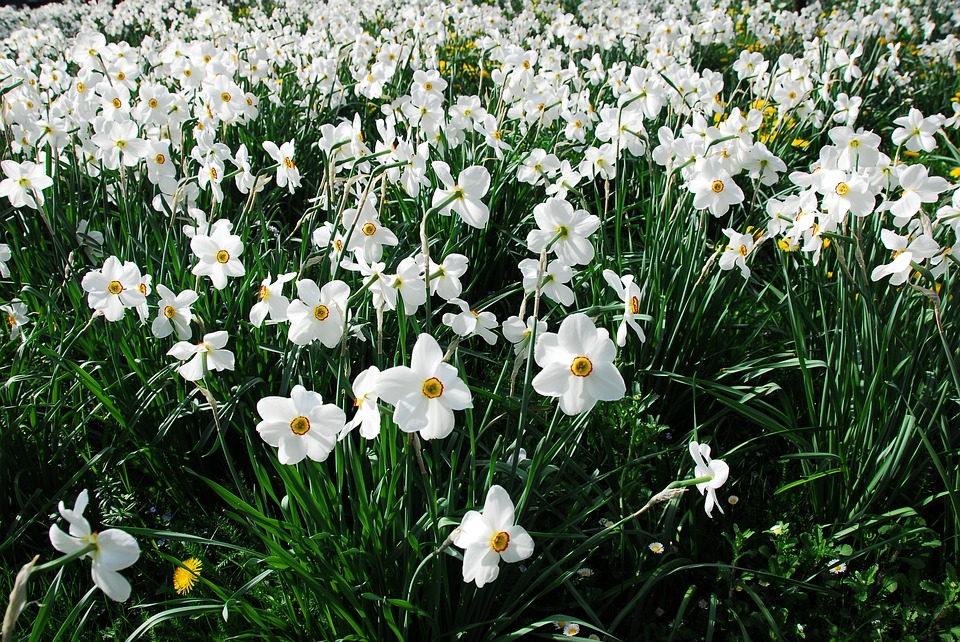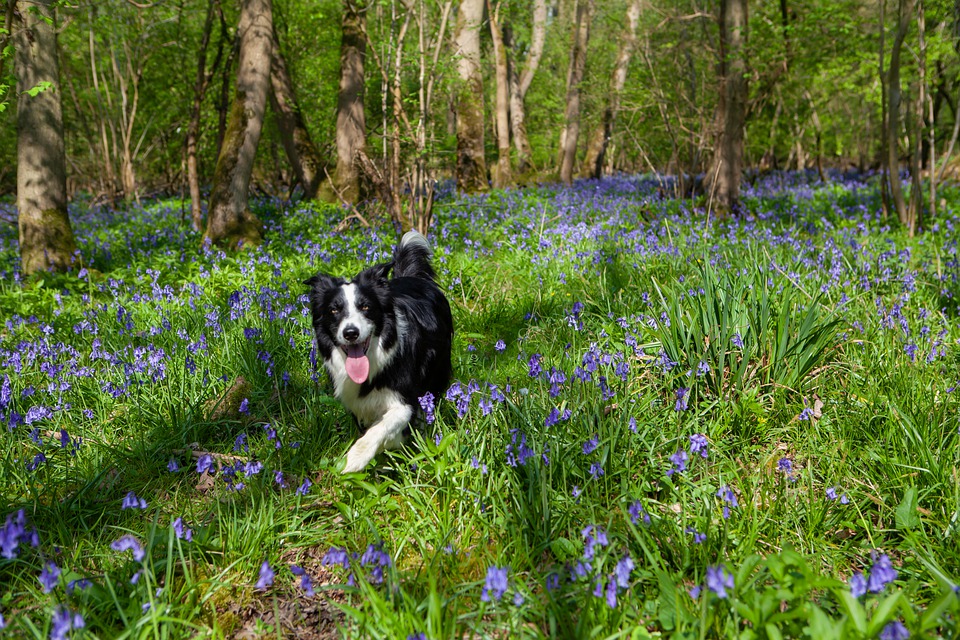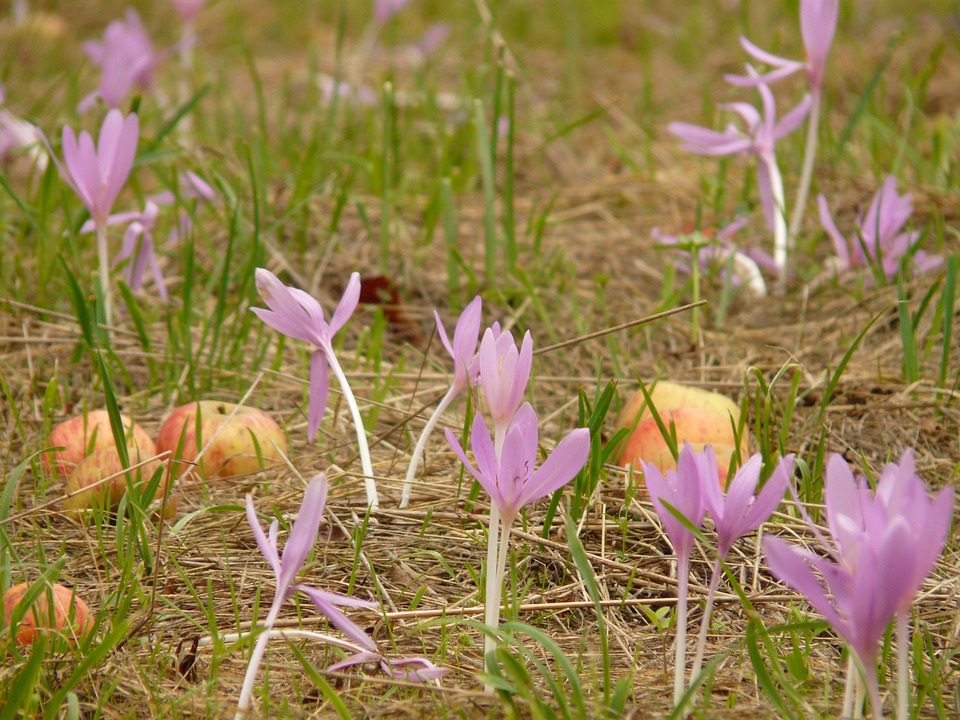Smart gardening with deer: Deer-resistant bulbs to plant in fall
October is the ideal time to plant over-wintering, deer-resistant bulbs in Michigan.

Similar to an earlier article on deer-resistant summer bulbs, rhizomes, tuber and corms, here is the fall version on that same topic—deer-resistant bulbs that can planted in the fall. October is the ideal time to plant over-wintering bulbs in Michigan because soils remain warm while air temperatures cool down. These conditions help bulbs establish early roots without top growth, which is an important first step in preparing them for their next life stage—a required winter cool down. In fact, most types of bulbs need a cool down to bloom, which is why spring blooming bulbs are more commonly grown in northern climates.
If you live in an area where deer are common, you may have had disappointing results with spring bulbs in the past. As much as we want to blame the deer, those losses can be mitigated with proper bulb selection. In other words, resist the tulip! Deer love to eat tulips, but the good news is that there is a tremendous variety of bulbs they avoid. That resistance is not by chance, but more because deer-resistant bulbs produce blooms that can have strong scents or poisonous biochemicals, making them unpalatable to deer and other animals.
Check out some of the interesting deer-resistant options below. Prior to planting, determine the bulbs that best suit your environment. Bulbs that spread will need room to grow, and most bulbs need a loose, rich, well-draining soil, albeit a couple varieties that thrive in wet soils. Rather than planting one bulb type, consider variable types across a wide range of bloom time for lasting beauty and pollinator support. Finally, intermingle deer-resistant bulbs with deer-resistant plants to create designs that buffer deer rather than create a buffet. For more details on planting the bulbs themselves, see:
Ground cover bulbs
In order of early to late spring bloom time: Snow Drops (Galanthus spp.), Crocus (Crocus spp.), Glory-of-the-Snow (Chionodoxa spp.), Squill (Scilla spp.), Grape Hyacinth (Muscari spp.), Windflower (Anemone spp.) and Star Flower (Ipheion spp.)
These bulbs are grouped together because they all grow low to the ground and can naturalize to create seasonal ground cover. They can be planted in a variety of settings:
- Flower beds, where competition with other plants is not an issue.
- Partially shaded woodlands, where there is either dappled shade all season or spring sun prior to emergence of tree leaves.
- Lawns, since most ground cover bulbs can compete with grass because they bloom before grass takes over.
Furthermore, if you plant a mixed variety of these species, they will produce a longer display of blooms over time for you and pollinators. For example, planting Snow Drops, Glory-of-the-Snow and Grape Hyacinth in the same place can change it from white to pink to blue between late March and early May, expanding the aesthetic and pollinator benefits across many months.
Snowdrops are one of the earliest bulbs to bloom, providing nectar and pollen for honey bees at a time of year when those resources are scarce, as seen in the video above.
Daffodils
Many gardeners already know daffodils are deer resistant and may find this group to be rather ordinary. But did you know there are 12 different daffodil divisions with 32,000 different kinds of daffodils? Add to that the fact that daffodils have enough varieties to produce continuous bloom over the entire spring, and that some varieties have unexpected traits like “gardenia-like” scents, pink tones, miniature cups, and ruffles—imagine the possibilities!

Hyacinths and Hyacinthoides
These are the bulbs that produce calcium oxalate, a substance also found in deer-resistant plants such as sorrel, rhubarb, skunk cabbage and even some leafy green vegetables (e.g., spinach). Calcium oxalate is toxic at high concentrations, which is the case for hyacinths. Fortunately, hyacinths also emit an intensely fragrant biochemical that makes them enjoyable to us while warning the deer to stay away.
Related to Hyacinths, Hyacinthoides have looser blooms and include bulbs such as Spanish and English Bluebells. These are not to be confused with Virginia Bluebells (Mertensia virginica), which do not grow from bulbs. Virginia Bluebells are also deer resistant and can be a better choice for those seeking a native species.

Fritillaria
This bulb is a bit of a mystery until one comes across it in early spring and wonders what it could be. That is because the taller varieties of Fritillaria often have many leaves and take on the appearance of a perennial rather than a bulb. Although some varieties are short, the taller varieties (e.g., F. persica) can reach 3 feet, so only a few are needed in a flower bed to get the attention of neighbors and pollinators.
Interestingly, Fritillaria spp. evolved to be pollinated by birds in their native range, yet may also attract solitary bees. Fritillaria spp. can be sensitive to colder growing zones in Michigan and may need a layer of mulch to survive multiple winters.

Ornithogalum
Also called Star of Bethlehem, this group has a short ground cover version (O. umbellatum) and several taller varieties (e.g., O. ponticum, O. nutans). O. umbellatum can be aggressively competitive in some settings (i.e., an invasive noxious weed in some states), but taller varieties are manageable and quite unique. The taller Ornithogalum spp. are similar in appearance, bloom time (May-June) and deer resistance as another deer-resistant bulb called Camas.
Leucojum
This is another underutilized bulb with small, white and green flowers on tall stems. It prefers a moist soil, partial shade and blooms in May-June when other bulbs like Ornithogalum and Allium are also blooming. More tolerant of wet soil than most bulbs, Leucojum spp. can naturalize in soils that stay consistently wet. Along with other late blooming bulbs with deer resistance, bulbs like this provide options to gardeners who may be tempted to purchase early summer plants that deer love to eat (e.g., hostas, roses).

Colchicum
Planted in the fall, these bulbs have two active growth periods separated by a summer dormancy. Green leaves emerge in spring without flowers, then the plants completely die back and disappear in the summer. Come early fall, colchicum sends up its blooms (no leaves). The flowering stage is likely the most deer-resistant stage of this plant since an alkaloid toxin called colchicine is most concentrated in the flower.

Allium and Eremus
These are two other groups of deer-resistant bulbs that can be planted in either the summer or the fall. For more details, see:



 Print
Print Email
Email